Alberta
Start-up of Trans Mountain expansion ‘going very well’ as global buyers ink deals for Canadian crude

A worker at Trans Mountain’s Burnaby Terminal. Photo courtesy Trans Mountain Corporation
From the Canadian Energy Centre
Chinese refiner pays about US$10 more for oil off TMX compared to sales value in Alberta
Canada’s oil sands producers are “back in the limelight” for investors following completion of the Trans Mountain pipeline expansion, according to a report by Enervus Intelligence Research.
For the first time in the better part of a decade, there is now breathing room on the system to ship all of the oil producers are able to sell off the coast of B.C.
Up until this May, Trans Mountain was regularly overbooked. Not anymore.
The crude carrier Dubai Angel picked up the first shipment from the long-awaited expansion on May 22, setting sail for China and a customer of oil sands producer Suncor Energy.
Analysts estimate Trans Mountain loaded 20 vessels in June, compared to a pre-expansion average of five per month.
“You’re seeing multiple buyers. It’s going very well,” said Phil Skolnick, managing director of research with New York-based Eight Capital.
“You’re seeing the exact buyers that we always thought were going to show up, the U.S. west coast refineries and as well as the Asian refineries, and there was a shipment that went to India as well.”
 The “Golden Weld” in April 2024 marked the mechanical completion and end of construction for the Trans Mountain expansion project. Photo courtesy Trans Mountain Corporation
The “Golden Weld” in April 2024 marked the mechanical completion and end of construction for the Trans Mountain expansion project. Photo courtesy Trans Mountain Corporation
Canadian crude in demand on the global market
Asian markets – particularly China, where refineries can process “substantial quantities” of extra heavy crude and bitumen – are now “opened in earnest” to Canadian oil, the International Energy Agency (IEA) said in its June Oil 2024 report.
“There’s demand for this crude and people are going to make deals,” said Kevin Birn, chief analyst of Canadian oil markets with S&P Global.
The IEA said Canadian crude will increasingly compete with heavy oil from other countries, particularly those in Latin America and the Middle East.
June’s loading of 20 vessels is slightly lower than the 22 vessels Trans Mountain had targeted, but Skolnick said a few bumps in the project’s ramp-up are to be expected.
“About three months ago, the shippers were telling investors on their calls, don’t expect it to be a smooth ramp up, it’s going to be a bit bumpy, but I think they’re expecting by Q4 you should start seeing everyone at peak rates,” Skolnick said.
Delivering higher prices
Trans Mountain’s expanded Westridge Terminal at Burnaby, B.C. now has capacity to load 34 so-called “Aframax” vessels each month.
One of the first deals, with Chinese refiner Rongsheng Petrochemical, indicates the Trans Mountain expansion is delivering on one of its expected benefits – higher prices for Canadian oil.
Canada’s Parliamentary Budget Office has said that an increase of US$5 per barrel for Canadian heavy oil over one year would add $6 billion to Canada’s economy.
The June deal between Rongsheng and an unnamed oil sands shipper saw a shipment of Access Western Blend (AWB) purchased for approximately US$6 per barrel below the Brent global oil benchmark. That implies an AWB selling price of approximately US$75 per barrel, or about US$10 more than the price received for AWB in Alberta.
 Expanded export capacity at the Trans Mountain Westridge Terminal. Photo courtesy Trans Mountain Corporation
Expanded export capacity at the Trans Mountain Westridge Terminal. Photo courtesy Trans Mountain Corporation
More pipeline capacity needed
Oil sands production – currently about 3.4 million barrels per day – is projected to rise to 3.8 million barrels per day by the end of the decade before declining slightly to about 3.6 million barrels per day in 2035, according to the latest outlook by S&P Global.
“Despite the recent completion of the Trans Mountain Expansion project, additional capacity will still be needed, likely via expansion or optimization of the existing pipeline system,” wrote Birn and S&P senior research analyst Celina Hwang in May.
“By 2026, we forecast the need for further export capacity to ensure that the system remains balanced on pipeline economics.”
Uncertainty over the federal government’s proposed oil and gas emissions cap “adds hesitation” to companies considering large-scale production growth, wrote Birn and Hwang.
Global oil demand rising
World oil demand, which according to the IEA reached a record 103 million barrels per day in 2023, is projected to continue rising despite increased investment in renewable and alternative energy.
A June outlook by the International Energy Forum (IEF) pegs 2030 oil demand at nearly 110 million barrels per day.
“More investment in new oil and gas supply is needed to meet growing demand and maintain energy market stability, which is the foundation of global economic and social well-being,” said IEF secretary Joseph McMonigle.
Alberta
COWBOY UP! Pierre Poilievre Promises to Fight for Oil and Gas, a Stronger Military and the Interests of Western Canada

Fr0m Energy Now
As Calgarians take a break from the incessant news of tariff threat deadlines and global economic challenges to celebrate the annual Stampede, Conservative party leader Pierre Poilievre gave them even more to celebrate.
Poilievre returned to Calgary, his hometown, to outline his plan to amplify the legitimate demands of Western Canada and not only fight for oil and gas, but also fight for the interests of farmers, for low taxes, for decentralization, a stronger military and a smaller federal government.
Speaking at the annual Conservative party BBQ at Heritage Park in Calgary (a place Poilievre often visited on school trips growing up), he was reminded of the challenges his family experienced during the years when Trudeau senior was Prime Minister and the disastrous effect of his economic policies.
“I was born in ’79,” Poilievre said. “and only a few years later, Pierre Elliott Trudeau would attack our province with the National Energy Program. There are still a few that remember it. At the same time, he hammered the entire country with money printing deficits that gave us the worst inflation and interest rates in our history. Our family actually lost our home, and we had to scrimp and save and get help from extended family in order to get our little place in Shaughnessy, which my mother still lives in.”
This very personal story resonated with many in the crowd who are now experiencing an affordability crisis that leaves families struggling and young adults unable to afford their first house or condo. Poilievre said that the experience was a powerful motivator for his entry into politics. He wasted no time in proposing a solution – build alliances with other provinces with mutual interests, and he emphasized the importance of advocating for provincial needs.
“Let’s build an alliance with British Columbians who want to ship liquefied natural gas out of the Pacific Coast to Asia, and with Saskatchewanians, Newfoundlanders and Labradorians who want to develop their oil and gas and aren’t interested in having anyone in Ottawa cap how much they can produce. Let’s build alliances with Manitobans who want to ship oil in the port of Churchill… with Quebec and other provinces that want to decentralize our country and get Ottawa out of our business so that provinces and people can make their own decisions.”
Poilievre heavily criticized the federal government’s spending and policies of the last decade, including the increase in government costs, and he highlighted the negative impact of those policies on economic stability and warned of the dangers of high inflation and debt. He advocated strongly for a free-market economy, advocating for less government intervention, where businesses compete to impress customers rather than impress politicians. He also addressed the decade-long practice of blocking and then subsidizing certain industries. Poilievre referred to a famous quote from Ronald Reagan as the modus operandi of the current federal regime.
“The Government’s view of the economy could be summed up in a few short phrases. If anything moves, tax it. If it keeps moving, regulate it. And if it stops moving, subsidize it.”
The practice of blocking and then subsidizing is merely a ploy to grab power, according to Poilievre, making industry far too reliant on government control.
“By blocking you from doing something and then making you ask the government to help you do it, it makes you reliant. It puts them at the center of all power, and that is their mission…a full government takeover of our economy. There’s a core difference between an economy controlled by the government and one controlled by the free market. Businesses have to clamour to please politicians and bureaucrats. In a free market (which we favour), businesses clamour to impress customers. The idea is to put people in charge of their economic lives by letting them have free exchange of work for wages, product for payment and investment for interest.”
Poilievre also said he plans to oppose any ban on gas-powered vehicles, saying, “You should be in the driver’s seat and have the freedom to decide.” This is in reference to the Trudeau-era plan to ban the sale of gas-powered cars by 2035, which the Carney government has said they have no intention to change, even though automakers are indicating that the targets cannot be met. He also intends to oppose the Industrial Carbon tax, Bill C-69 the Impact Assessment Act, Bill C-48 the Oil tanker ban, the proposed emissions cap which will cap energy production, as well as the single-use plastics ban and Bill C-11, also known as the Online Streaming Act and the proposed “Online Harms Act,” also known as Bill C-63. Poilievre closed with rallying thoughts that had a distinctive Western flavour.
“Fighting for these values is never easy. Change, as we’ve seen, is not easy. Nothing worth doing is easy… Making Alberta was hard. Making Canada, the country we love, was even harder. But we don’t back down, and we don’t run away. When things get hard, we dust ourselves off, we get back in the saddle, and we gallop forward to the fight.”
Cowboy up, Mr. Poilievre.
Maureen McCall is an energy professional who writes on issues affecting the energy industry.
Alberta
Alberta and Ontario sign agreements to drive oil and gas pipelines, energy corridors, and repeal investment blocking federal policies
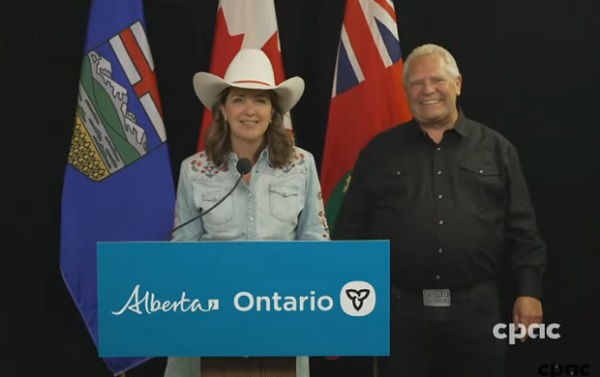
Alberta-Ontario MOUs fuel more pipelines and trade
Alberta Premier Danielle Smith and Ontario Premier Doug Ford have signed two memorandums of understanding (MOUs) during Premier Ford’s visit to the Calgary Stampede, outlining their commitment to strengthen interprovincial trade, drive major infrastructure development, and grow Canada’s global competitiveness by building new pipelines, rail lines and other energy and trade infrastructure.
The two provinces agree on the need for the federal government to address the underlying conditions that have harmed the energy industry in Canada. This includes significantly amending or repealing the Impact Assessment Act, as well as repealing the Oil Tanker Moratorium Act, Clean Electricity Regulations, the Oil and Gas Sector Greenhouse Gas Emissions Cap, and all other federal initiatives that discriminately impact the energy sector, as well as sectors such as mining and manufacturing. Taking action will ensure Alberta and Ontario can attract the investment and project partners needed to get shovels in the ground, grow industries and create jobs.
The first MOU focuses on developing strategic trade corridors and energy infrastructure to connect Alberta and Ontario’s oil, gas and critical minerals to global markets. This includes support for new oil and gas pipeline projects, enhanced rail and port infrastructure at sites in James Bay and southern Ontario, as well as end-to-end supply chain development for refining and processing of Alberta’s energy exports. The two provinces will also collaborate on nuclear energy development to help meet growing electricity demands while ensuring reliable and affordable power.
The second MOU outlines Alberta’s commitment to explore prioritizing made-in-Canada vehicle purchases for its government fleet. It also includes a joint commitment to reduce barriers and improve the interprovincial trade of liquor products.
“Alberta and Ontario are joining forces to get shovels in the ground and resources to market. These MOUs are about building pipelines and boosting trade that connects Canadian energy and products to the world, while advocating for the right conditions to get it done. Government must get out of the way, partner with industry and support the projects this country needs to grow. I look forward to working with Premier Doug Ford to unleash the full potential of our economy and build the future that people across Alberta and across the country have been waiting far too long for.”
“In the face of President Trump’s tariffs and ongoing economic uncertainty, Canadians need to work together to build the infrastructure that will diversify our trading partners and end our dependence on the United States. By building pipelines, rail lines and the energy and trade infrastructure that connects our country, we will build a more competitive, more resilient and more self-reliant economy and country. Together, we are building the infrastructure we need to protect Canada, our workers, businesses and communities. Let’s build Canada.”
These agreements build on Alberta and Ontario’s shared commitment to free enterprise, economic growth and nation-building. The provinces will continue engaging with Indigenous partners, industry and other governments to move key projects forward.
“Never before has it been more important for Canada to unite on developing energy infrastructure. Alberta’s oil, natural gas, and know-how will allow Canada to be an energy superpower and that will make all Canadians more prosperous. To do so, we need to continue these important energy infrastructure discussions and have more agreements like this one with Ontario.”
“These MOUs with Ontario build on the work Alberta has already done with Saskatchewan, Manitoba, Northwest Territories and the Port of Prince Rupert. We’re proving that by working together, we can get pipelines built, open new rail and port routes, and break down the barriers that hold back opportunities in Canada.”
“Canada’s economy has an opportunity to become stronger thanks to leadership and steps taken by provincial governments like Alberta and Ontario. Removing interprovincial trade barriers, increasing labour mobility and attracting investment are absolutely crucial to Canada’s future economic prosperity.”
Together, Alberta and Ontario are demonstrating the shared benefits and opportunities that result from collaborative partnerships, and what it takes to keep Canada competitive in a changing world.
Quick facts
- Steering committees with Alberta and Ontario government officials will be struck to facilitate work and cooperation under the agreements.
- Alberta and Ontario will work collaboratively to launch a preliminary joint feasibility study in 2025 to help move private sector led investments in rail, pipeline(s) and port(s) projects forward.
- These latest agreements follow an earlier MOU Premiers Danielle Smith and Doug Ford signed on June 1, 2025, to open up trade between the provinces and advance shared priorities within the Canadian federation.
Related information
-
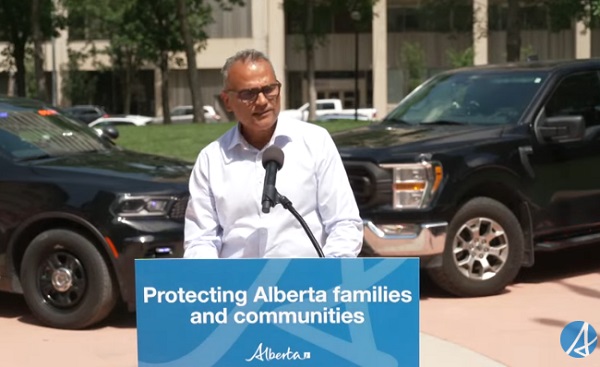
 Alberta2 days ago
Alberta2 days agoAlberta Provincial Police – New chief of Independent Agency Police Service
-
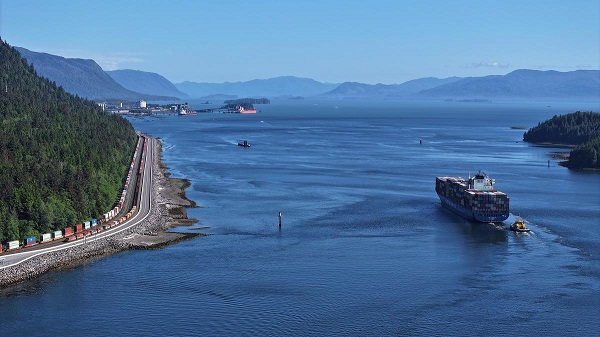
 Business2 days ago
Business2 days agoWhy it’s time to repeal the oil tanker ban on B.C.’s north coast
-
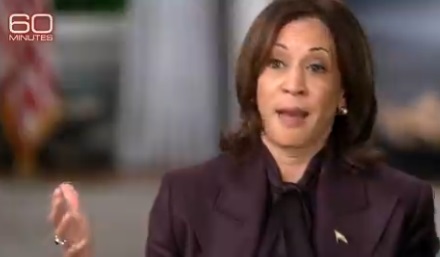
 International2 days ago
International2 days agoCBS settles with Trump over doctored 60 Minutes Harris interview
-
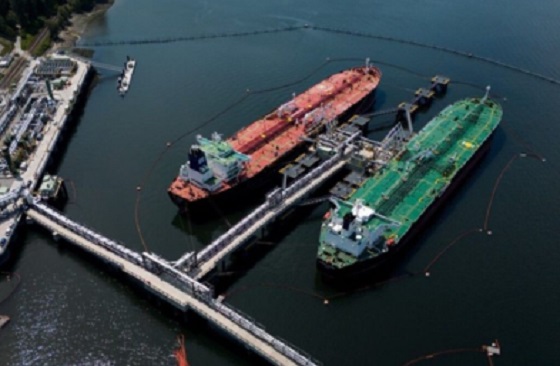
 Energy2 days ago
Energy2 days agoIf Canada Wants to be the World’s Energy Partner, We Need to Act Like It
-
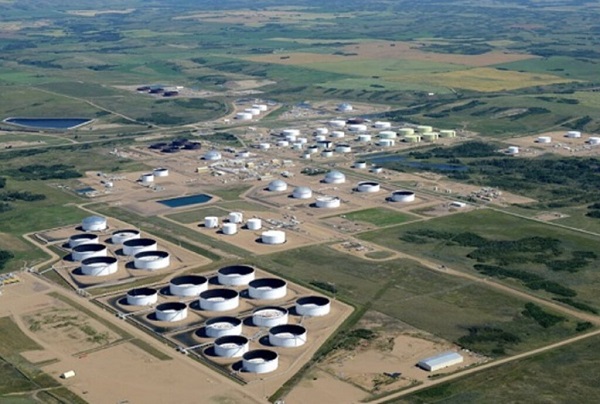
 Alberta2 days ago
Alberta2 days agoPierre Poilievre – Per Capita, Hardisty, Alberta Is the Most Important Little Town In Canada
-

 Aristotle Foundation2 days ago
Aristotle Foundation2 days agoHow Vimy Ridge Shaped Canada
-

 Alberta1 day ago
Alberta1 day agoAlberta uncorks new rules for liquor and cannabis
-
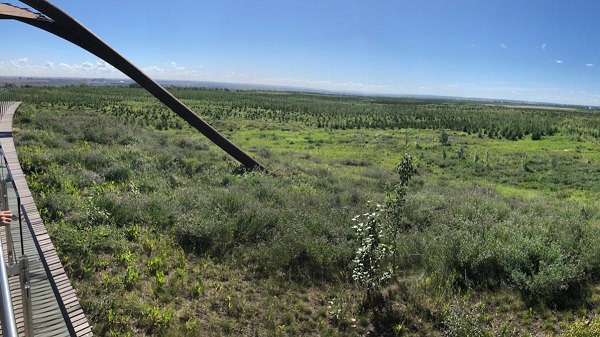
 Canadian Energy Centre1 day ago
Canadian Energy Centre1 day agoAlberta oil sands legacy tailings down 40 per cent since 2015





